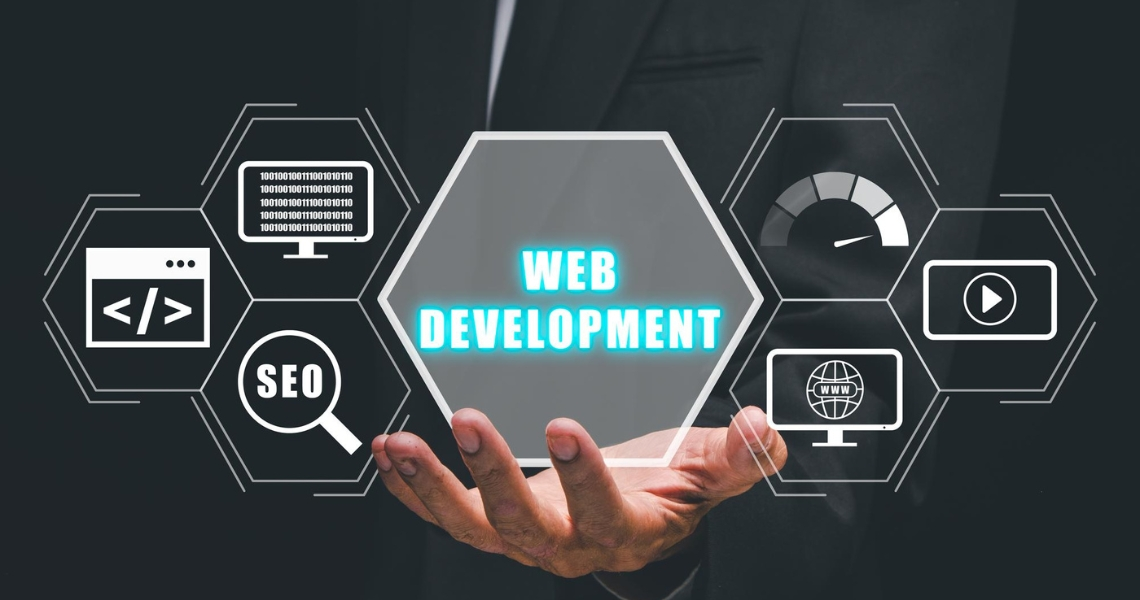
Thanks to rapid growth in computing power and internet infrastructure, traditional software development has changed and evolved drastically in the last decade.
Instead of building monolithic apps, the focus now is on crafting modular, cloud-based, data-intensive experiences for users.
Being a simple coder has gone the way of the dinosaur. So you need to be a developer, in the truest sense of the word.
Application Programming Interfaces, more commonly known as APIs, can help with this. They make it easy for developers at all levels to integrate data, services, and functionality into their app without needing to code everything from scratch.
But they pose significant logistical challenges for both businesses and developers. For example, Idera, Inc. owned APILayer, the leading cloud-based Software-as-a-Service (SaaS) and API provider, is addressing these issues with the launch of their new APILayer (APIL) Marketplace for developers.
The Problem
As a Buyer
If you're looking to integrate an API into an existing project, you'll run into a needle-in-a-haystack problem right off the bat.
Simply put, there's a whole host of APIs out there, and finding one that does exactly what it's supposed to while being fast, scalable, and also fitting in with your organization's needs is difficult.
To make matters worse, a lot of these APIs are not uniform. So we're talking wildly different ways to authenticate and structure data, being hosted in many other places and written using a wide variety of design patterns.
This highly fragmented API vendor ecosystem makes sourcing and using more than a couple of them at a time for a project confusing, exhausting, and time-consuming. As teams rush to improve time-to-market, this is precisely the situation that can lead to poorly annotated code, bugs, security issues, and unexpected behavior that can quickly spiral a project out of control, leading to cost overruns and delayed deliveries by weeks.
As a Seller
In the other camp, as a developer who's selling, you may have built this awesome API.
But managing backend infrastructure, dev-ops, rate-limiting, and hosting on the dev side of things, figuring out what your ideal customers look like, what kind of value they're looking for, what payment structure best aligns with their expectations, and getting the word out about your product on the marketing side of things, is fighting a war on two fronts.
That's simply not a sustainable approach.
The Solution
Work smarter, not harder. These problems with the current API ecosystem are two sides of the same coin.
So the first half of APILayer's approach to this problem is to create a consolidated, centralized marketplace of over 40 new fast, available, and scalable APIs and microservices at launch.
The marketplace covers anything millions of developers might need for their projects, whether individuals, early start-ups, or large enterprises.

The APIlayer Marketplace not only helps you find the API you are looking for from a vast number of APIs, both free and at startup-friendly prices.
But it also lets you integrate them easily in under 10 minutes, with dedicated tech support extensive and interactive documentation that enables you to try out the API usage statistics.
It is all the while addressing the significant security concerns associated with API ecosystems via OpenAPI standards compliance.
This standardized API hub expands on APILayer's existing offering of 20+ high-quality, proprietary APIs to optimize workflow, ranging from automating Data Verification to Geolocation Lookups to Real-time Financial, Flight, Weather Data, Conversions, Natural Language Processing (NLP), Machine Learning, Security, and more.
While Ensuring a Healthy Developer Ecosystem
The second half of the APIL Marketplace solution also offers developers the opportunity to quickly and easily upload, market, and monetize their APIs via flexibly priced subscription plans.
All developers have to do is plug in endpoint descriptions, code, documentation, pricing model, and they're ready to monetize their API.

The APIL Marketplace will cover the rest, including hosting, proxying requests, metering requests, ensuring uptime, and getting as many eyeballs as possible on the product.
The robust search capabilities of the APILayer Marketplace lets potential clients easily compare API features, pricing, and other details to find the developer who is perfect for their needs.
This approach aims to open up the current API ecosystem further, ensuring opportunity is created for developers no matter which part of the world they're from, affirming APILayer's commitment to developers getting proper compensation for the immense value that they create - in building APIs that simplify things that are difficult or time-consuming to build from scratch - with consistency, standards compliance, and good documentation.
Here's Your Elevator Pitch
If you aren't convinced yet, let's look at a very probable scenario you might run into that the standardized, centralized APILayer Marketplace can solve quickly.
"I'm running a business and..."
- I want to optimize ad targeting and deliver user experiences customized based on the location of the visitors on my website.
- I need instant and accurate info about the primary currency used in my customers' location to tailor the perfect shopping experience for them.
- My business has an app, and I want to make sure I provide visitors with the correct version for their device without them having to dig around themselves.
- I want to protect my public website by detecting proxies, crawlers, or spambots before they're a threat.
- I want to automatically monitor brands and trends relevant to my community's needs and post any news articles found for a particular subject or product on my company's social media pages.
APILayer's ipstack, userstack, and mediastack APIs have all of your needs covered precisely and in a secure, easy-to-integrate way, providing your website and apps with ready-to-consume JSON or XML data while also having close to 100% uptime.
APILayer and the API Economy
We are seeing the emergence of an entirely new phenomenon, the API economy. This is a result of the gradual shift from monolithic apps to cloud-based, modular, microservices-based software architecture.

Businesses, instead of relying on business analytics and their technology partners to make only incremental changes to their existing model, are instead focusing on what's far more intuitive - the wealth of knowledge they have of their business and their customers - and relying on APIs to let two disparate products speak to one another, figure out the nitty-gritty, and exchange information.
According to the https://stateofapis.com survey, 52% of developers spend 20 hours or more per week working with APIs, and additionally, 68.5% expect to rely on APIs even more in 2022. APIs are driving innovation.
There are plenty of opportunities here for everyone, from businesses to developers. The services that APILayer provides - letting companies and developers find and negotiate for the data, services, and functionality APIs they need in a unified marketplace - have never been as critical as they are right now, and will only continue to grow more important as the age of digital transformation continues.



